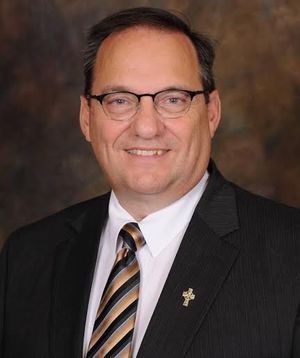
Michel stands firm on letter in face of T’bonne council’s criticism
May 2, 2016
Rescued dolphin earns his release into bay
May 2, 2016Lafourche Parish’s high school graduation rate for last school year was a 10-year high while Terrebonne Parish’s rate stayed consistent from the previous year.
The Louisiana Department of Education released the state and parish graduation rate data Monday for the 2014-15 school year. The entire state had a graduation rate of 77.5 percent, a 2.9 percentage point increase from 2013-14 and its highest mark in the last 10 years dating back to 2005-06.
Lafourche public high schools graduated 83.6 percent of students in 2014-15, a 2.3 percentage point increase from the year before. That is Lafourche’s high mark in the last 10 years, with its previous high being 81.6 percent in 2011-12. In 2005-06, Lafourche high schools graduated 64.8 percent of students.
Neighboring Terrebonne did not reach the same heights as Lafourche, as parish public high schools posted a 75.9 percent graduation rate, below the state average. Terrebonne’s rate stayed consistent, as it posted a 76 percent rate in 2013-14. The last two years are a drop off from 2012-13 when Terrebonne hit its high mark of 80.9 percent.
Terrebonne Parish School District Superintendent Philip Martin said the school district has not pinpointed any particular reasons for high school graduation rates dropping from its high mark in 2012-13.
“Statistics oftentimes cycle up and down, up and down, and we’ve noticed that as well. Everybody has their own idea, but do we have any substantial things that we can confirm are the reason? We don’t,” the superintendent said.
Martin said beginning next year, the TPSD will be taking a more proactive approach in addressing dropouts, particularly undeclared dropouts. He said the guidance offices in high schools will spend more time setting up face-to-face meetings with students that stop showing up for class to find out if there are external issues harming their school lives.
“Perhaps we can assist, perhaps we can provide avenues for various social services that the kid may be confronting something that’s overwhelming the kid and says, ‘Oh you know what, I can’t do this and school,’” Martin said. •





